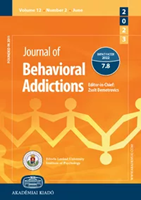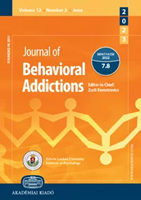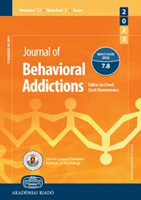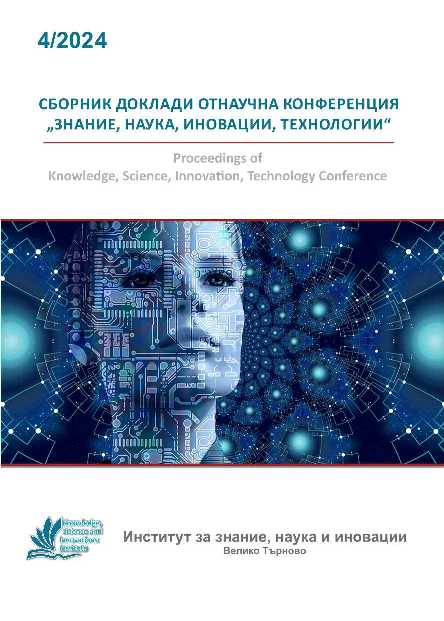Author(s): Veysi Çeri,Abdulbaghi Ahmad / Language(s): English
Issue: 1/2018
Objectives: Traumatic events and associated stress due to ongoing war and displacement may have severe adverse effects on psychosocial development of children. Although more than half of traumatized children are expected to develop posttraumatic psychopathology, no effective prevention has been found. The present study aims to investigate if Crisis Intervention Program for Child and Adolescents (CIPCA) has protective effects on mental wellbeing of child survivors of the ISIS war and displacement in the Kurdistan Region of Iraq. Method: Data were gathered two years after the displacement experience and application of CIPCA (a semistructured single one-hour group intervention that has been hypotheses to act as psychological vaccination against development of posttraumatic psychopathology. The study sample consisting of 51 children (32 girls and 19 boys, mean age 12 years), was cluster randomized immediately after displacement to CIPCA (23 children) and no CIPCA intervention (28 children). Behavior problems were estimated on the Child Behavior Checklist (CBCL) before randomisation and after one-year and 2-years follow-up. Results: Significantly lower symptom score were found among children who had attended CIPCA than non- CIPCA concerning Internalizing scores (0.63, 7.40, t = 2.099, P = 0.049), Withdrawal (0.0, 2.5, t = 2.713, P = 0.014), PTSD index (0.21, 2.64, t = 2.264, P = 0.028) and Total Problem Sores (1.82, 13.07, t = 2.199, P = 0.033), consequently. No significant difference was observed according to Externalizing problems and other CBCL scores between children who had attend to CIPCA and not. Conclusion: These findings pointed out that CIPCA may have protected children against developing psychological problems. We recommend carrying out more systematic studies to investigate the preventive effects of CIPCA on posttraumatic psychopathology The study sample consisting of 51 children (32 girls and 19 boys, mean age 12 years), was cluster randomized immediately after displacement to CIPCA (23 children) and no CIPCA intervention (28 children). Behavior problems were estimated on the Child Behavior Checklist (CBCL) before randomisation and after one-year and 2-years follow-up. Significantly lower symptom score were found among children who had attended CIPCA than non- CIPCA concerning Internalizing scores (0.63, 7.40, t = 2.099, P = 0.049), Withdrawal (0.0, 2.5, t = 2.713, P = 0.014), PTSD index (0.21, 2.64, t = 2.264, P = 0.028) and Total Problem Sores (1.82, 13.07, t = 2.199, P = 0.033), consequently. No significant difference was observed according to Externalizing problems and other CBCL scores between children who had attend to CIPCA and not. These findings pointed out that CIPCA may have protected children against developing psychological problems. We recommend carrying out more systematic studies to investigate the preventive effects of CIPCA on posttraumatic psychopathology.
More...








